Up the Kilowahs! Checkout the EDB Scoreboard

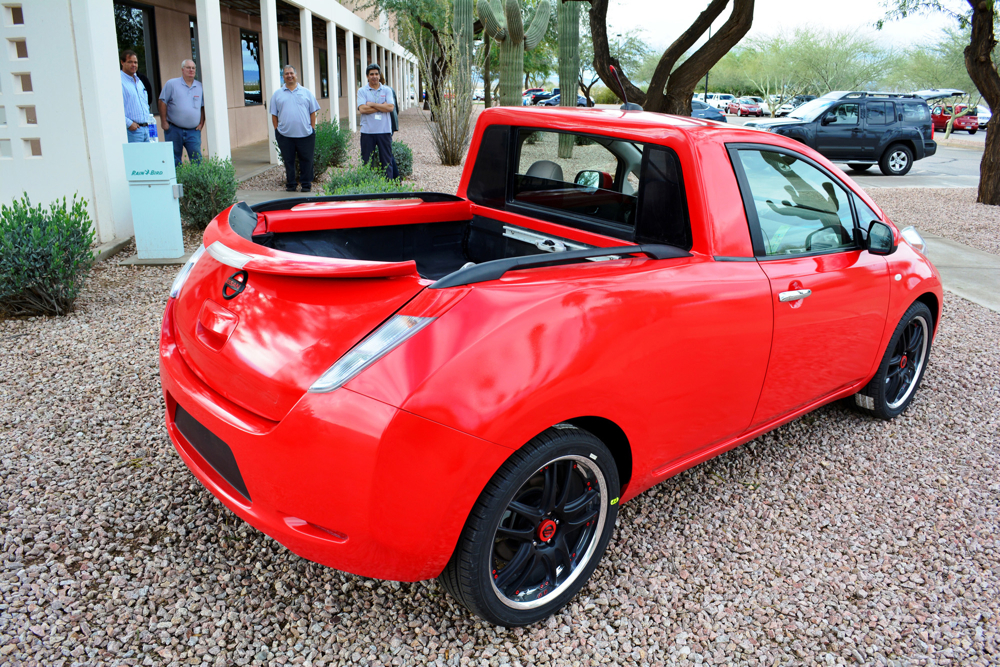

A look at why batteries are a booming business; EECA releases EV charging study; myths, legends and the Hasselhoff approach to EV adoption; a campaign to get more women driving EVs; and musical and spiritual solar.
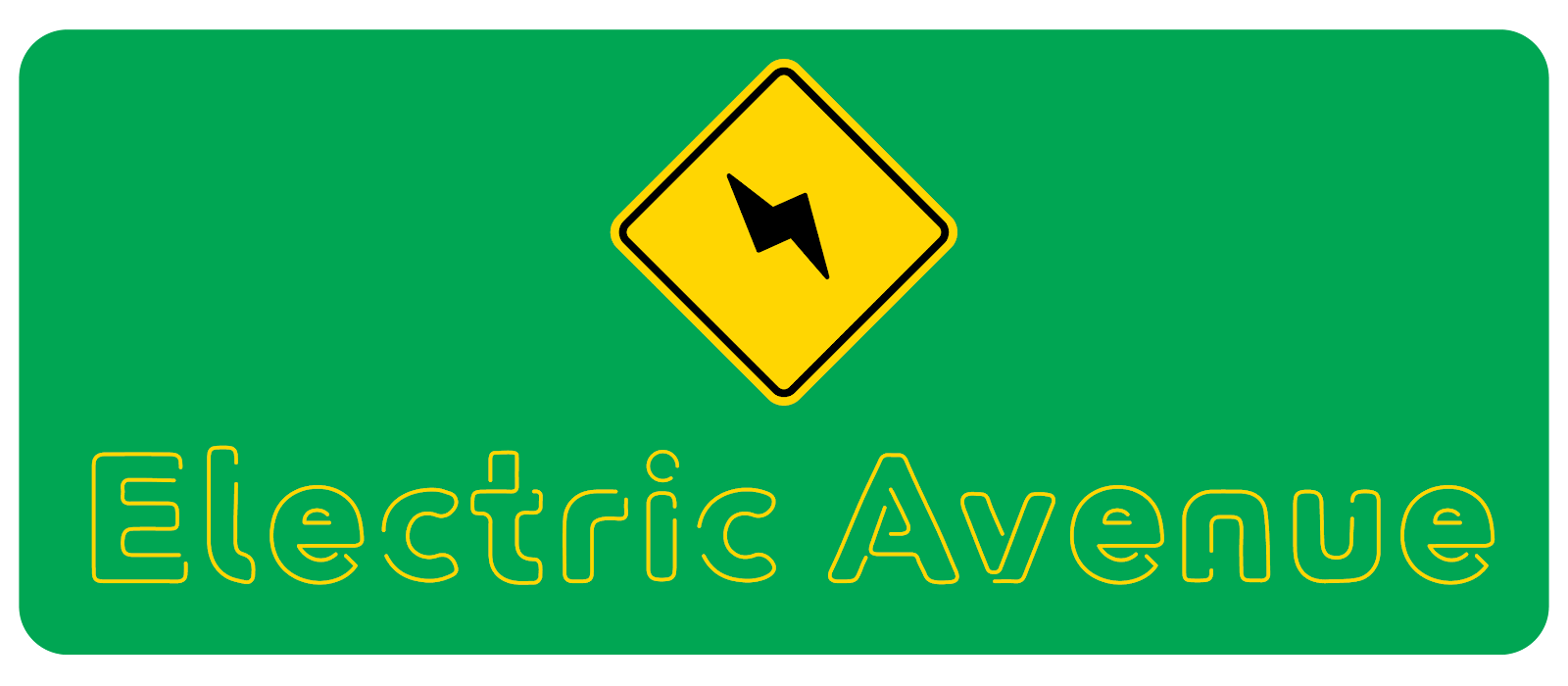
Battery bonanza
We build our poles and wires to handle peaks, but anyone with a battery at home basically removes themselves from peak (and can potentially remove their neighbours from peak) and big grid-scale batteries can store cheap wind and solar and deploy it when it’s needed. That will come at a higher cost, but it’s proving to be a good business model and The Financial Times has focused on it in an indepth feature that explores the massive growth in this space, the opportunities to put batteries to use instead of gas, and some of the challenges the sector is facing.
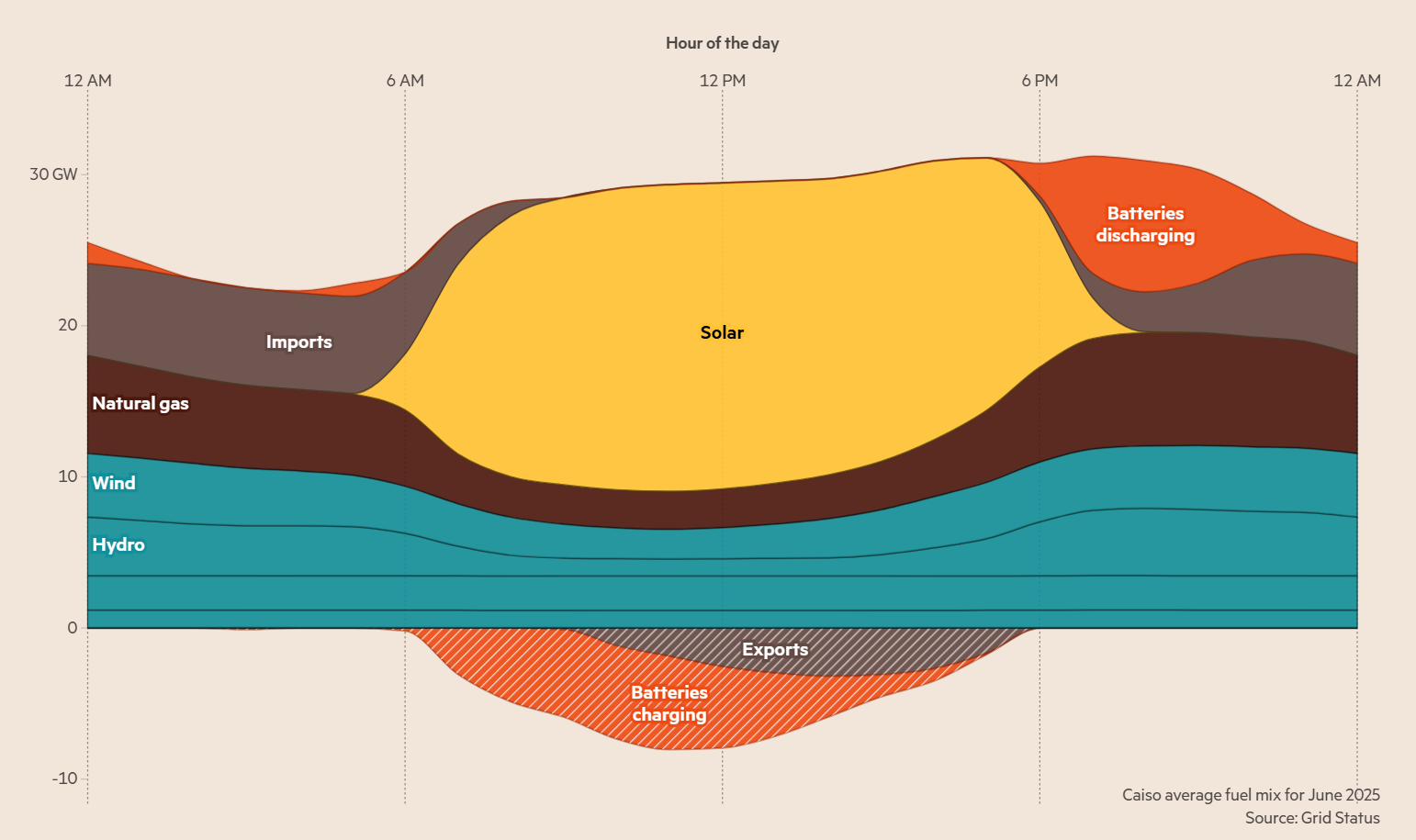
As energy commentator Jan Rosenow summarised:
Plugging the gap
EECA has released a new report on EV charging and, aligned with previous surveys, home charging still dominates (and so it should given it’s so much cheaper than fast charging).
The three pin plug is still the go-to charging implement.
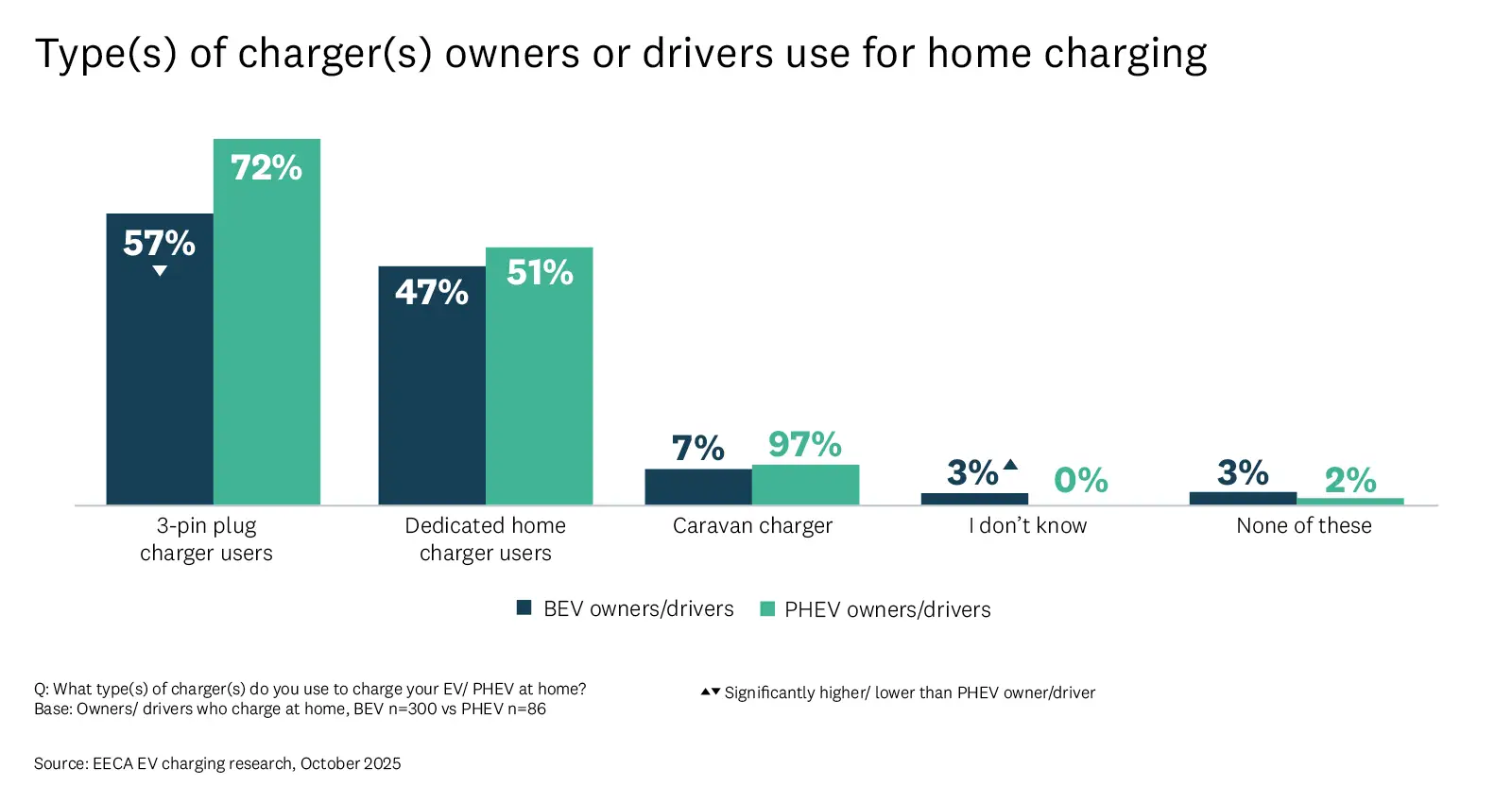
Interestingly, one fifth of EV and PHEV owners rely solely on the fast charging network and, as our Electric Homes report showed, exclusively fast charging doesn't win the economic argument.
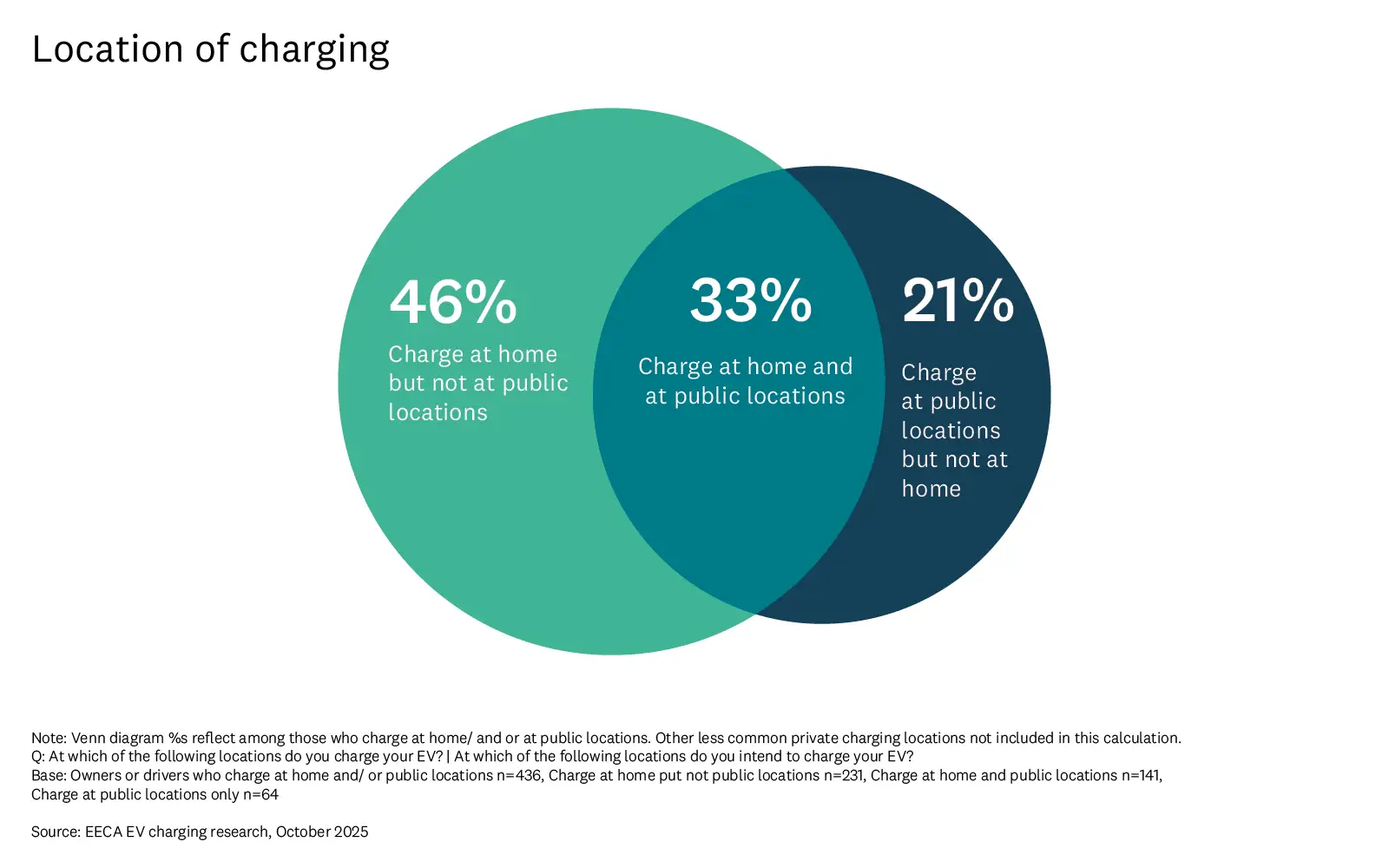
Broadly, perceptions of the charging network are positive.
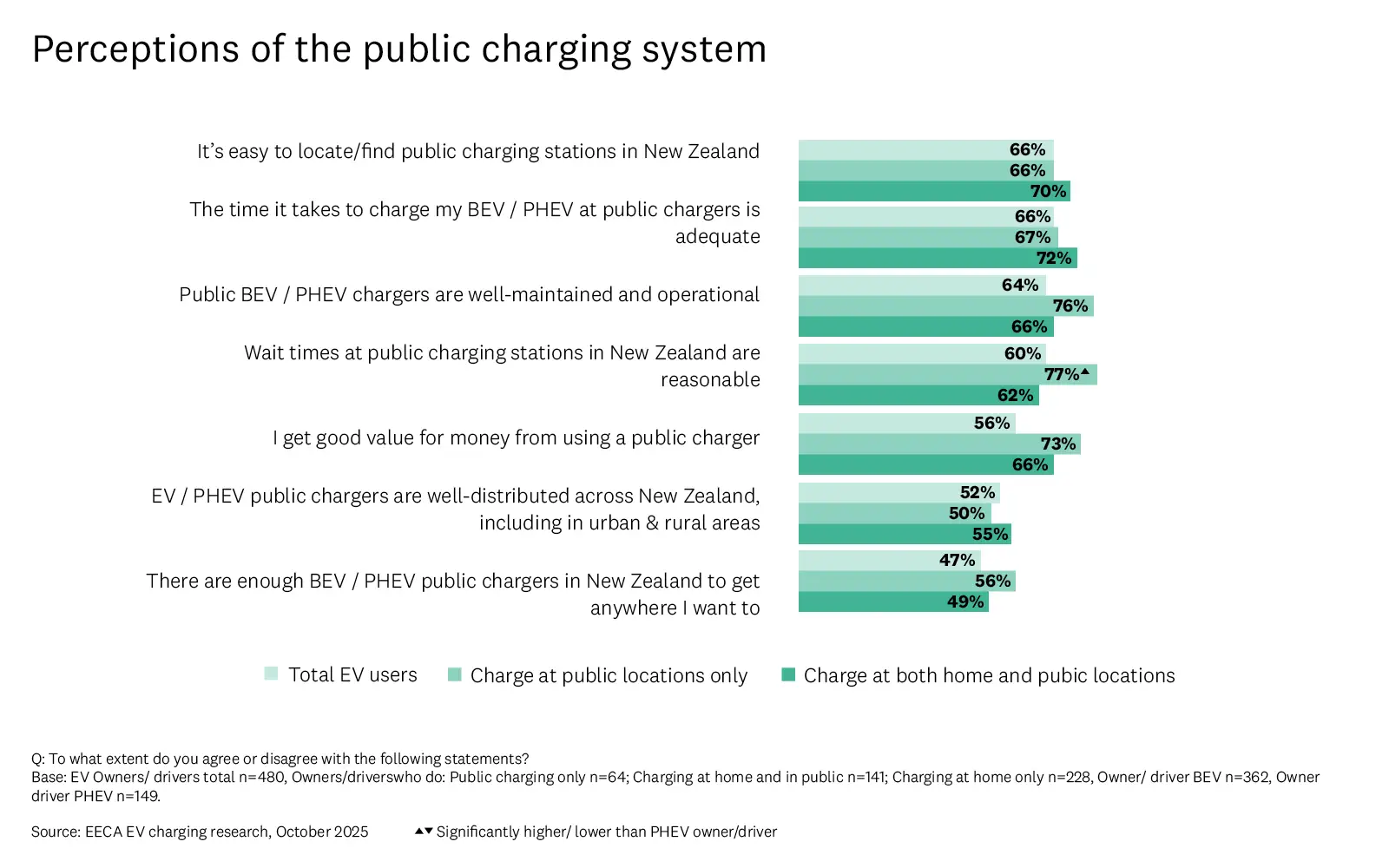
We need more fast chargers to breed confidence and speed up longer EV trips, but Rewiring’s view is that we also need a lot more slow chargers where cars stay for longer. They will be much cheaper and have far less impact on the network due to the lack of expensive upgrades required.
Myths and legends
We do a fair bit of mythbusting at Rewiring and we’re always pleased to see more of it come from elsewhere. The AA magazine’s latest issue features an article that looks at how green your EV is and runs through everything from costs to emissions.
As our own emissions explainer showed, the carbon debt is paid off very quickly when you don’t burn any fuel. We need more public and active transport, but we also need as many of the cars left on our roads to be electric to reduce those emissions quickly.
Updated findings by the International Council on Clean Transportation finds BEVs were estimated to have about 40% higher production emissions than ICE vehicles due to emissions from production of the battery, these additional emissions are offset after about 17,000 km of use in the first one or two years. And this is in the European Union where renewable electricity generation accounts for around 50% of total power, far lower than in this country … BEVs were estimated to produce life-cycle emissions 78% lower than conventional ICE vehicles.
Consumer has also compiled a list of myths, our FAQs offer some good advice, and this professor has answers to some common EV questions in his ‘Electric Vehicle Support’ segment’.
But when it comes to EV scepticism, one of the best ways to change minds is to actually do a Hasselhoff and get the doubters to jump in your car. As one of our favourite YouTube channels shows, perspectives can change in an instant.
Driving Miss Daisy
In the AA article, the author Grant Bradley talked to Anna Henwood about her decision to buy a full battery electric car.
“She had wanted to cut her fuel bill, still drive a stylish vehicle and to do something good for the planet. “It feels more like the future,’’ she says of her sporty Peugeot E-208. She lives at Red Beach, about 40km away from her job in Auckland City where she goes three days a week. She’s calculated she saves around $250 a month on fuel.”
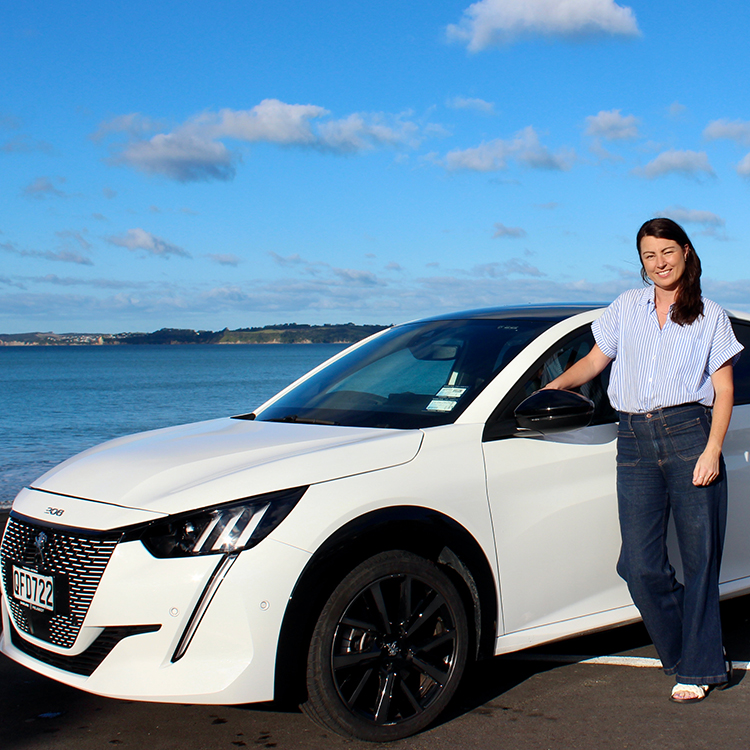
When it comes to adoption rates of EVs in the US, the Washington Post says “men are twice as likely as women to own an EV. Men outnumber women slightly among car owners overall, but the gender gap is more than twice as wide for EVs as it is for petrol-powered vehicles and hybrids.”
But there are women trying to change that, like Ashlea Wooten-Chapple, who started the Mustang Mach-E Girls Club. That club now has 6500 members.
“EVs are new. It’s really important that women have a space where they can feel comfortable to ask a question or to celebrate because they’re so excited when they get the car.”
She’s involved in a new campaign called “I’ll Drive What She’s Driving”, which is creating some positive peer pressure among women.
“Word of mouth is the biggest way you learn about new products or cars … and if women aren’t hearing about it from other women, then it’s slower to materialise,” said Kay Campbell, senior communications director at Generation 180, who helped launch the campaign.
In keeping with the belief that there’s no substitute for experience, the group has also created the 10,000 rides campaign to try and get EV owners to share the benefits.
“Just one ride in an EV makes someone three times more likely to consider one for their next car. You can be the reason they make the switch. Take a friend, family member, or coworker for a ride and show them what driving electric is all about.”
But maybe don’t take them in one of these crazy Leaf utes.
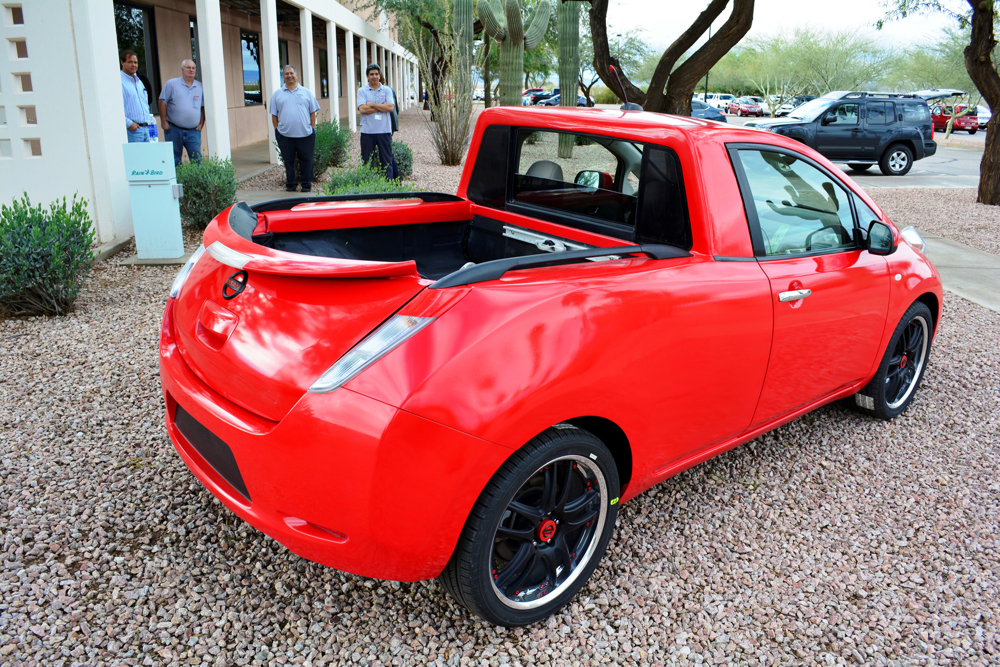
Song of the sun
Ever wondered how certain technologies worked but wanted the answer in the form of a song? Good news, this channel does just that (and in quite a lot of detail) and one of its recent ditties was an explanation of how solar panels work.
Holy solar
It's been good to see St Heliers Presbyterian Church and Community Centre embrace solar recently, but this is next level. Divine design.


It's time to show some interest in low-interest, long-term energy loans; looking enviously across the seas at Australia's energy push; an electric atmosphere beckons as the Special Olympics heads to the all-electric Parakiore indoors sports and swimming centre in Christchurch; EV Maritime's Michael Eaglen and Evnex's Ed Harvey share their views; Volkswagen follows the honey in its electric van; and climate comedian Oli Frost generously creates an ad campaign for French bank Société Générale.
Read moreDownload
You may have heard there's an 'electric election' coming up next year. We've met with a huge range of politicians from right across the spectrum and the ones who pick up what Rewiring is putting down are often those who have already invested in solar, batteries, EVs, heatpumps and induction cooktops and have experienced the benefits first hand. That's why we're kicking off a new series called Political Power, where we talk to some of our decision makers about the decisions they've made in their own lives and how they plan to reduce energy bills for others, reduce emissions and improve our resilience and energy security.
Read moreDownload
Electrify everything. Electrify everyone. Electrify New Zealand. That's Rewiring Aotearoa's vision and our CEO Mike Casey gave a condensed version of what we've done and what we're doing at our Electric Christmas party recently. As he said to a large crowd at Ecotricity, which kindly hosted the event and provided the excellent electric cake, 2024 was the year of the thinking, 2025 was the year of the doing, and 2026 will be the year of mass adoption.
Read moreDownload